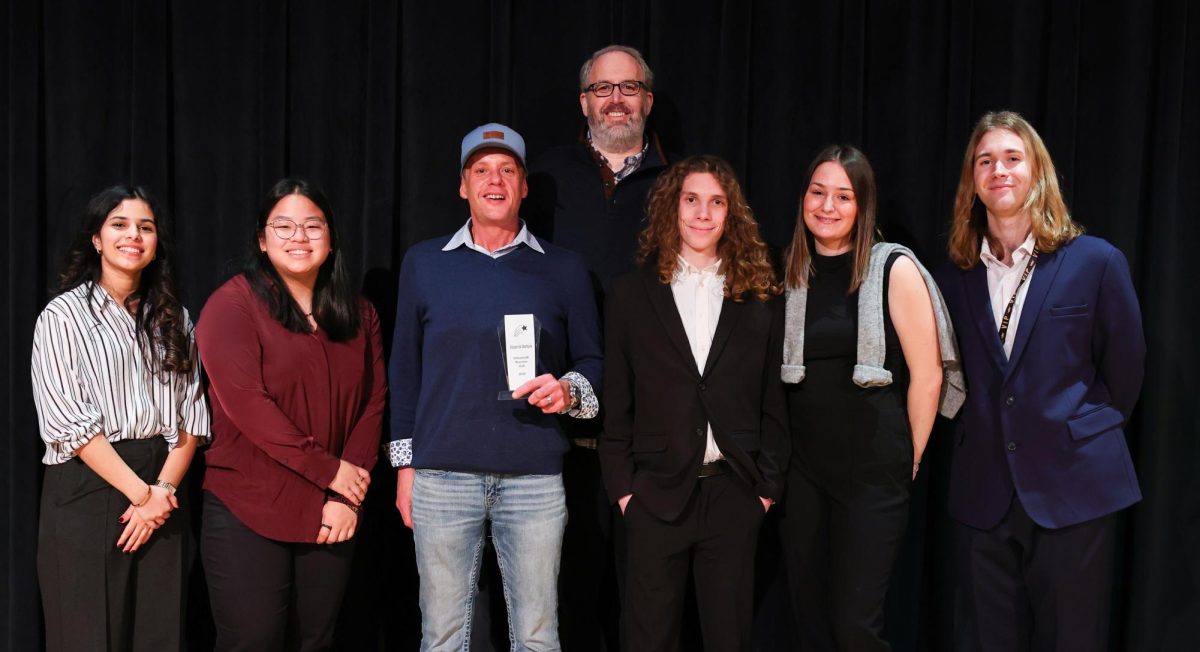Fixing to save lives before appearance
February 16, 2020
From discovering the double helix and recreating DNA inside a test tube for the first time in the 1950s to having the first human CRISPR treatment for Sickle Cell Anemia and Beta-thalassemia in 2018, genetics has come a long way in finding how vital the unit is to life and what conditions can arise with mistakes in the simple, four-letter coding system.
Through the rapid expansion of our knowledge in the field and the creation of new therapies to attempt fixing these conditions, many ethical inquiries have come to surface in regard to the circumstances in which genetic modification should be permitted. However, with the reality of this practice in mind, it’s safe to say that genetic modification is still in its trial period. Therefore, it should be limited to medicinal purposes due to the urgency of finding treatments and cures to genetically influenced and fatal diseases.
According to the Cystic Fibrosis Foundation, the recessively inherited disease is caused by a mutated trans-membrane conductance regulator protein, known as CFTR for short. The mutation causes its intended protein to function improperly primarily in the lungs and leads to infection due to the imbalance of salt and fluids transferring between cells. This fluid imbalance can develop into a thickened mucus that blocks the pancreatic ducts and affects digestive enzymes secreted by the organ.
As stated by the University of Rochester, about 35 out of 100 people with CF get CF-related diabetes in their 20s. Moreover, more than 40 out of 100 people with CF get CF-related diabetes after age 30.
With more than 10 million people carrying the gene for this disease, it’s a realistic idea to consider genetically modifying the genes of carriers and those already living with the condition to improve and lengthen their lives.
Similarly, a mutation in the HEXA gene causes Tay-Sachs. This disease prevents an important enzyme from being produced in the lysosomes and causes toxic, lipid substances to accumulate in the brain and spinal cord. The condition progressively worsens with age and causes blindness, deafness and deterioration in neuromuscular abilities. According to the National Institute of Neurological Disorders and Stroke, this condition will display symptoms around six months of age and children usually don’t live past 4 years old.
Through the science of these conditions, it’s evident that the practice of genetic engineering and modification is necessary to gain an understanding of conditions we know little about or better yet, those we don’t know how to cure. Thus, the emphasis of this alternative treatment being solely for medicinal purpose to do what the field does best, save lives.









